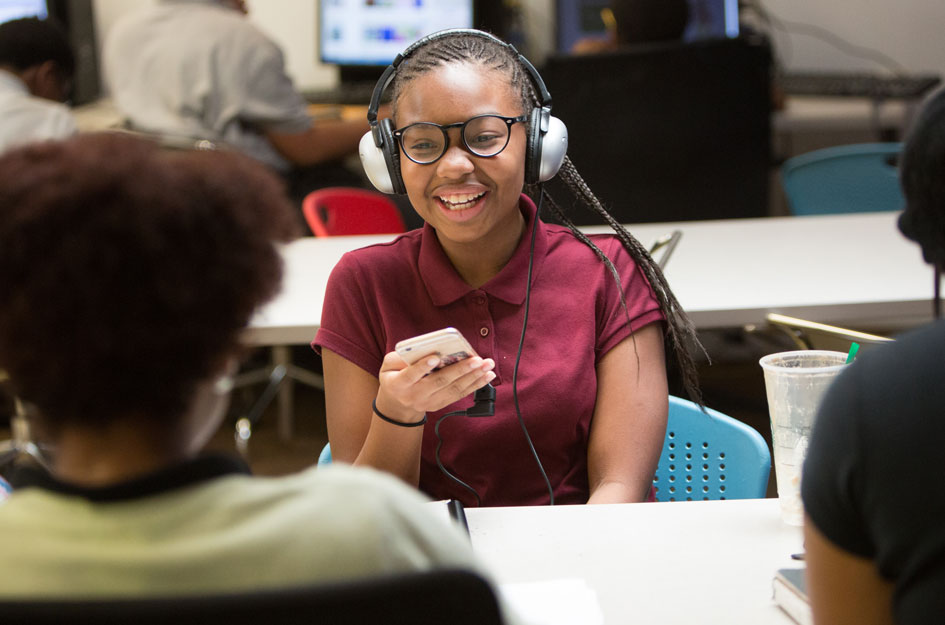

Keep your children safe online.

Boys & Girls Clubs offer safe places, caring mentors and life-enhancing programs for 4.7 million kids each year.
One of the hardest things for a parent to balance is how to keep their child safe, while allowing them autonomy to learn and grow. This not only means physical safety but also safety online. Studies show that more than 89 percent of teens have their own smart phones, allowing them to go online anywhere, at any time.
So how can parents help keep their kids safe in this always-on, everywhere, digital world? Here are a few tips from Boys & Girls Clubs of America’s Child & Club Safety and Youth Development team experts:
Talk to your child about what they do online
The more ongoing communication you can have with child or teen about ways in which they are spending their time online and who they are communicating with, the better. If you are willing to openly communicate with them, they are more likely to feel that they can reciprocate. Instead of asking which sites they’re going to, try asking open-ended questions. For example, what are some good things that have happened to you online? What has been a challenge to encounter? There are also lots of tools and resources you can use to start that conversation.
Create ground rules
Work with your youth to establish clear guidelines about what content is acceptable to visit, and which sites or content is unacceptable. Lead them through the conversation, rather than mandating sites outright. They’re more likely to follow the rules if they help set the rules, and the repercussions. Be sure to explore not only what they can do, but when. For instance, is it ok to check devices during dinner? Why or why not? Would a “screen-free” night help? Remember: parents also have to follow the rules!
Help your child check privacy settings
Surprisingly, many youth are less prone to share data than adults. This is a great opportunity. Log into your child’s social media sites (or other sites they may use) and explore the privacy settings together. Depending on the site, the most secure settings can ensure media they share can only be seen by specific people, or that their e-mail address or personal biographical information won’t be visible or shared with third parties.
Be a good example of how to use social media
Kids mirror what they see in their parents and adult mentors. Make sure you are being a good role model using social media and the internet safely and appropriately. Share ways with your child that you manage questionable posts, or scams and ask them what they do. In many cases, your tweens or teens have devised their own ways to stay safe online, and you can learn from them.
Urge your child to come to you if they feel bullied or uncomfortable online
It is important to reinforce with your teen that no matter what is happening in the online world, that they need to come to you if they feel targeted or uncomfortable in any way through their engagement on social media or the internet. It’s now much more likely that your child or teen will encounter hate speech than cyberbullying, though both continue to exist. Continue to communicate with them to explore what they’re encountering online, and to help them navigate their online world successfully. Your partnership can go a long way toward ensuring what happens online doesn’t have a negative impact on their reality.
Boys & Girls Clubs of America partners with organizations to share the best in resources for our Club staff and families. Check out the National Center for Missing & Exploited Children’s NetSmartz website or Common Sense Media for more resources and tips to keep your children safe online.
This article was previously posted on 3/22/2019.
We use cookies to enhance your experience. Learn More.
Boys & Girls Clubs of America uses cookies to give you the best experience on our website. Read about cookies in our privacy policy. By closing this message, you consent to our use of cookies on this device in accordance with our policy unless you have disabled them.